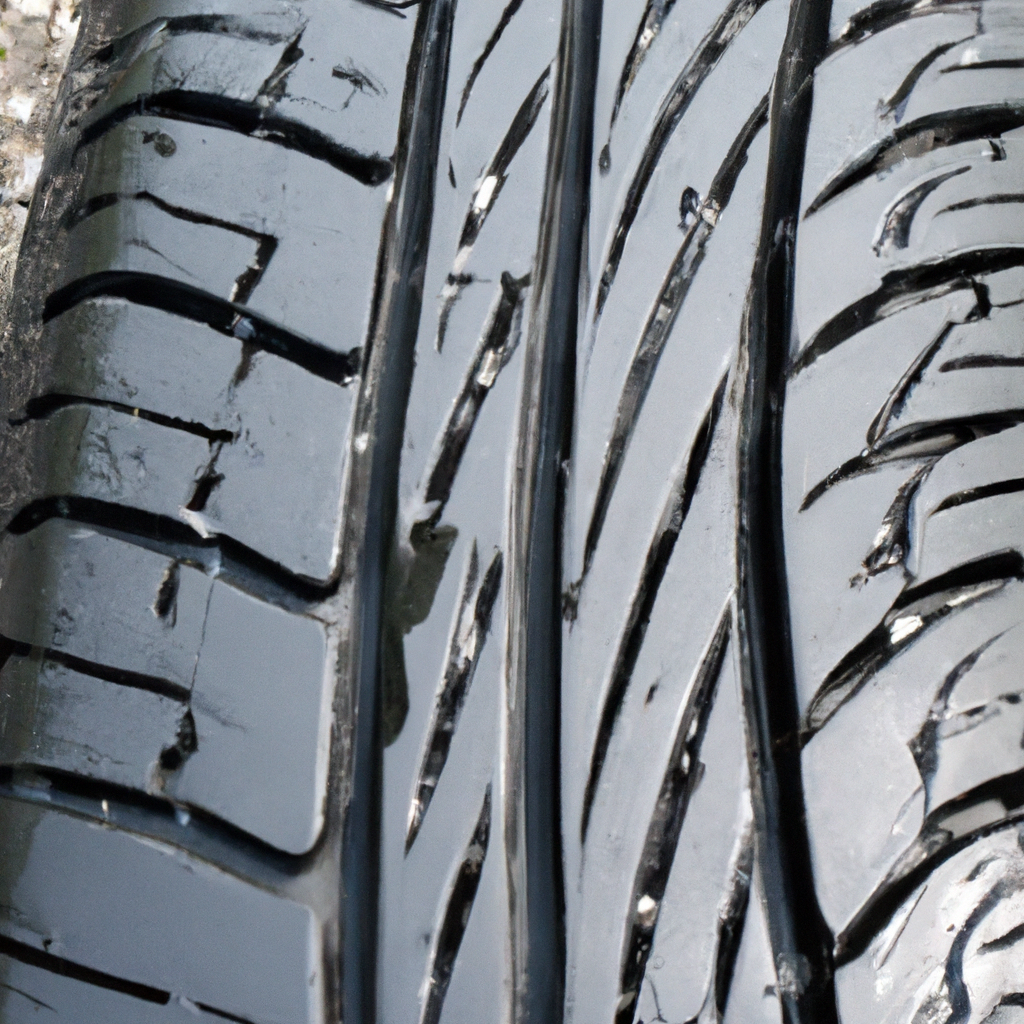Imagine driving on a rainy summer day, gliding smoothly through the wet roads without a care in the world. Have you ever wondered what makes this possible? Well, it all comes down to the tread design of your summer tires and its effect on water evacuation. By understanding how the unique patterns on your tires disperse water, you can ensure a safer and more enjoyable driving experience. So, let’s take a closer look at how the tread design of summer tires plays a crucial role in keeping you firmly planted on the road, even when it’s raining cats and dogs.
Overview of summer tires
Summer tires are a type of tire specifically designed to provide optimal performance and safety during the warmer months of the year. These tires are crafted with a unique tread pattern that enhances grip and handling on dry and wet surfaces. One of the key features of summer tires is their ability to effectively evacuate water, reducing the risk of hydroplaning and increasing overall driving confidence.
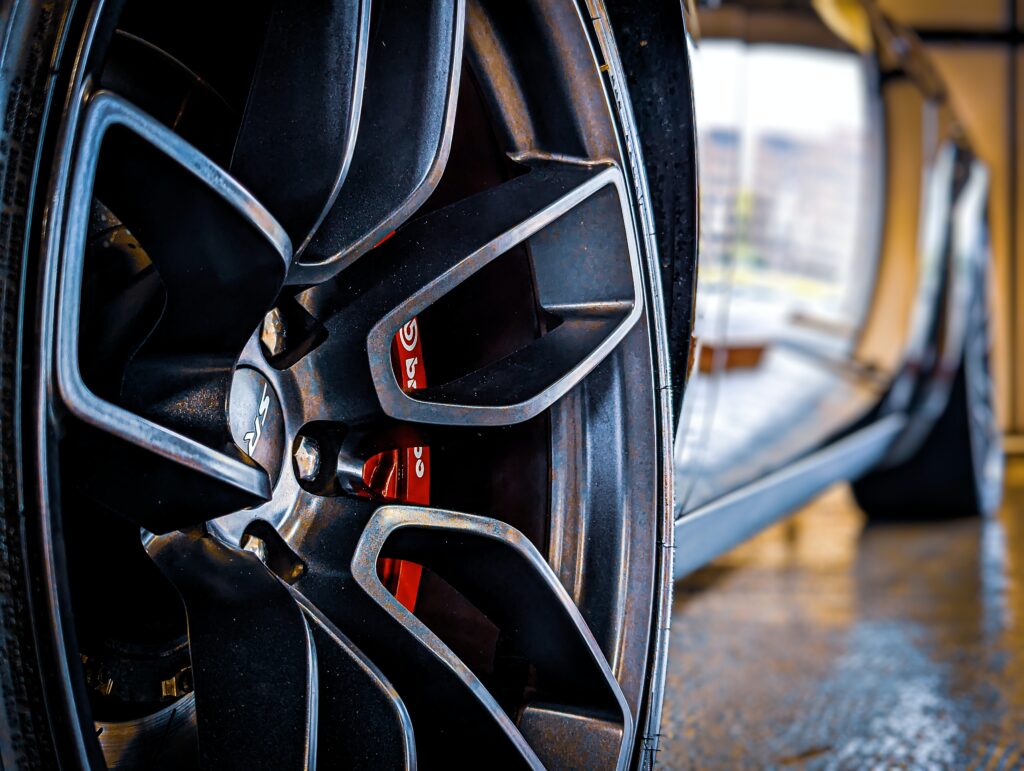
Definition of summer tires
Summer tires, also known as performance or high-performance tires, are designed specifically for use in warm weather conditions. Unlike all-season or winter tires, summer tires are not intended to be driven in freezing temperatures or snowy and icy conditions. These tires are constructed with a specialized rubber compound and tread pattern that optimize performance and safety on dry and wet roads.
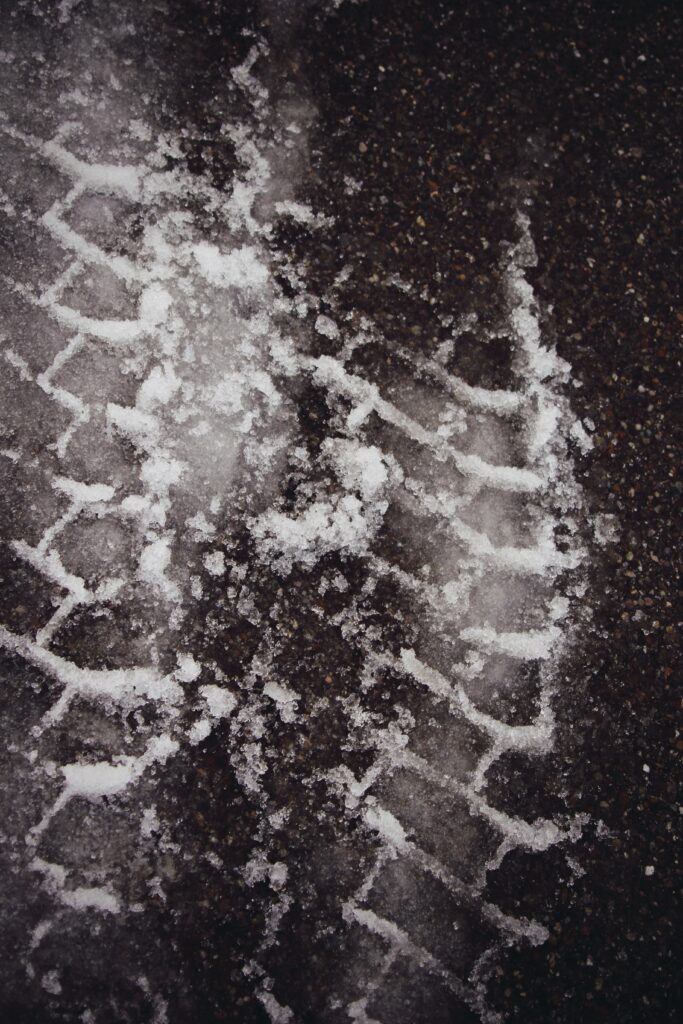
Purpose of summer tires
The primary purpose of summer tires is to provide superior traction, handling, and performance in warm weather conditions. These tires are designed to maximize contact with the road, allowing for better acceleration, braking, and cornering abilities. The goal of summer tires is to deliver an exhilarating and responsive driving experience, ensuring your safety and control on the road.
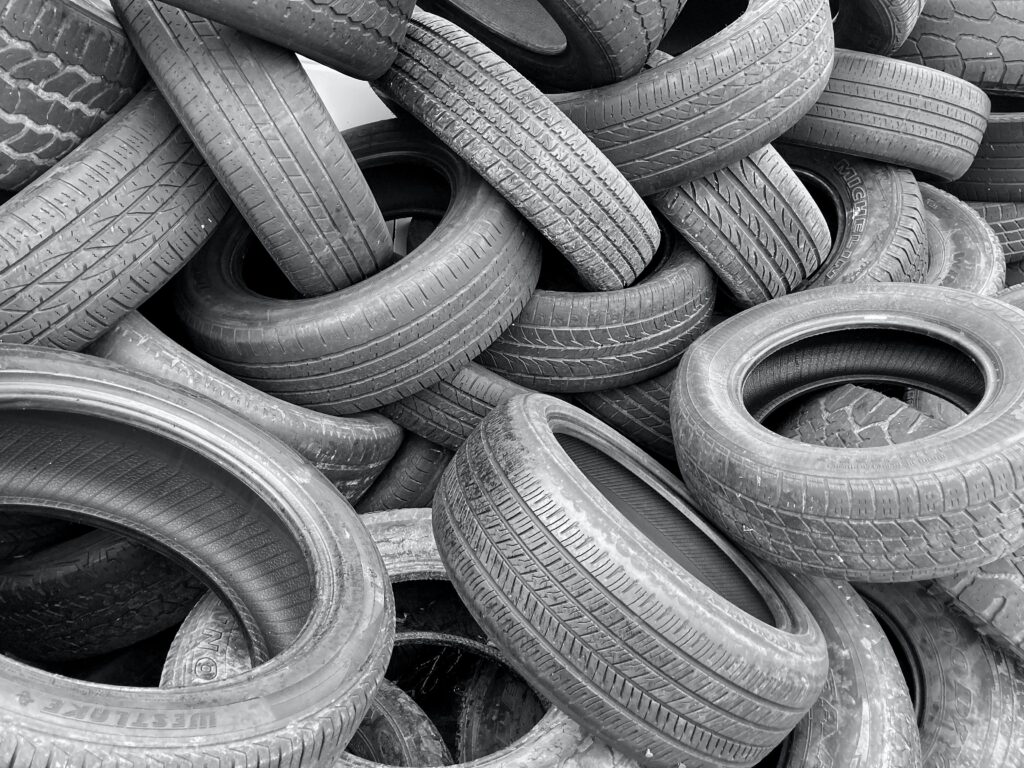
Importance of water evacuation
Water evacuation is a crucial aspect of tire performance, especially during wet conditions. When driving on a wet road, water can accumulate between the tire and the surface, leading to a loss of traction and control known as hydroplaning. Hydroplaning occurs when the tires lose contact with the road, causing the vehicle to slide uncontrollably. This can be extremely dangerous and increase the risk of accidents. Therefore, the ability of summer tires to effectively evacuate water is of utmost importance for safe and confident driving.
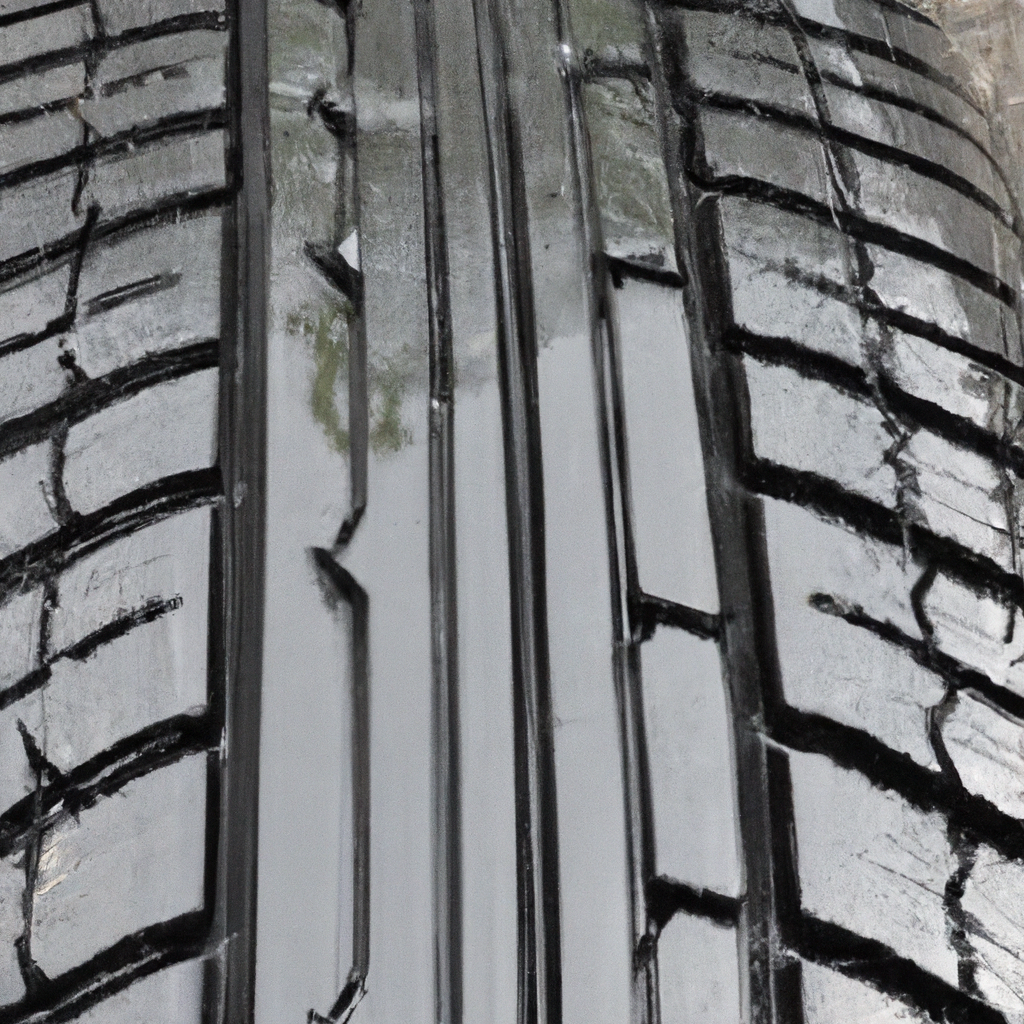
Tread patterns and their impact on water evacuation
The tread pattern plays a vital role in a tire’s ability to evacuate water and prevent hydroplaning. Different tread patterns are designed to perform optimally in specific driving conditions. Here are some common tread patterns and their impact on water evacuation:
Directional tread pattern
A directional or “V-shaped” tread pattern features wide grooves that are angled towards the center of the tire. This design helps to channel water away from the tire’s contact patch, reducing the risk of hydroplaning. The water is effectively dispersed through the grooves, providing enhanced traction and stability on wet surfaces.
Symmetrical tread pattern
Symmetrical tread patterns feature identical blocks and grooves on both inner and outer halves of the tire’s tread. These tires provide versatile performance in different weather conditions, including effective water evacuation. The symmetrical pattern helps maintain stability and control on wet roads, reducing the risk of hydroplaning.
Asymmetrical tread pattern
Asymmetrical tread patterns combine different tread block sizes and patterns on the inner and outer halves of the tire. This design enhances overall performance, including water evacuation. The larger blocks on the outer half of the tire provide stability during cornering, while the smaller blocks on the inner half facilitate water evacuation, reducing the risk of hydroplaning.
Variable pitch tread pattern
Variable pitch tread patterns have different block sizes and shapes distributed across the tire’s tread. These tires are specifically designed to reduce road noise and improve comfort, but they also contribute to water evacuation. The varied pitch helps disrupt the water’s flow, allowing for better traction and control on wet surfaces.
Hydroplaning prevention features
In addition to specific tread patterns, some summer tires incorporate additional features to prevent hydroplaning. These features can include circumferential and lateral grooves, which are designed to expel water efficiently. The inclusion of these features ensures optimal water evacuation, reducing the risk of hydroplaning and increasing the overall safety of summer tires.
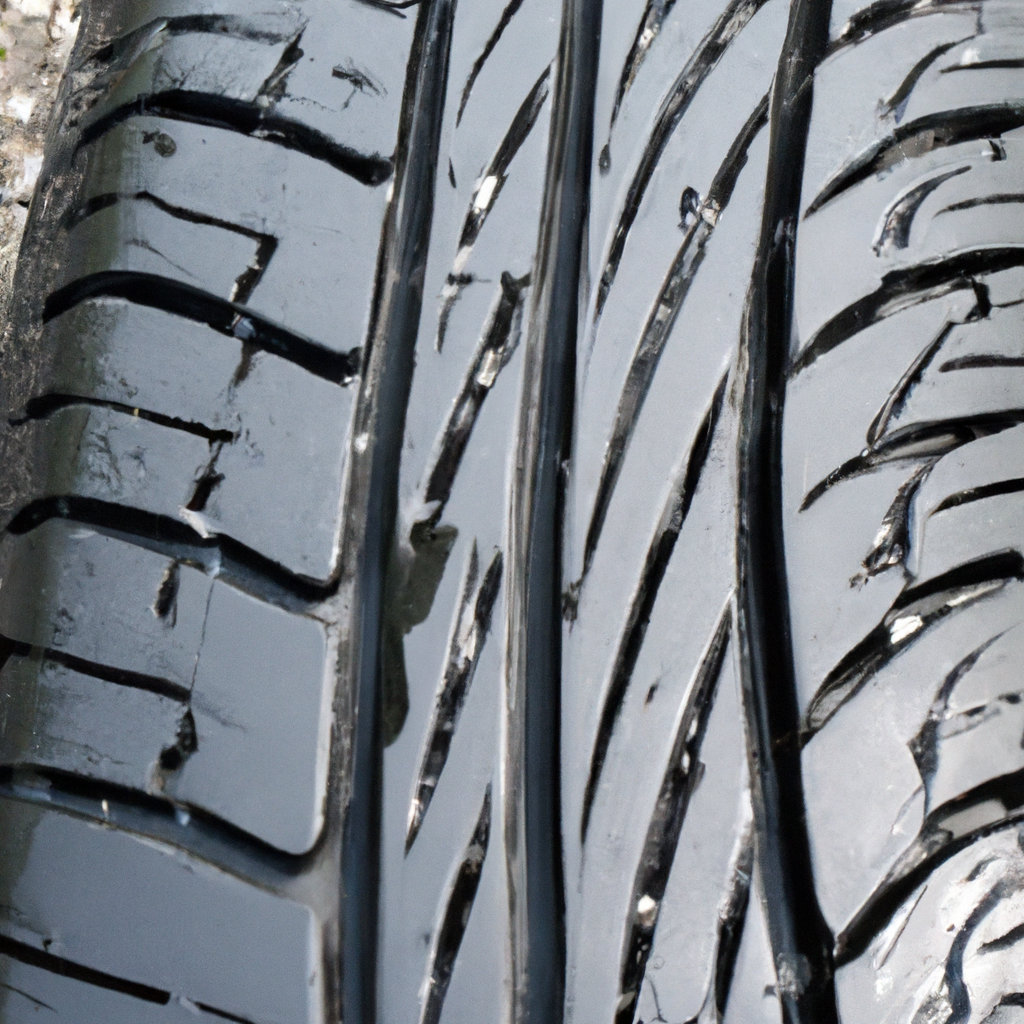
Factors affecting water evacuation
While tread patterns have a significant impact on water evacuation, several other factors also influence a tire’s ability to effectively disperse water. These factors include:
Tread depth
The tread depth refers to the vertical measurement between the top of the tread blocks and the bottom of the tire’s grooves. A deeper tread depth provides more space for water to flow and be expelled. Therefore, summer tires with an adequate tread depth can evacuate water more efficiently, reducing the risk of hydroplaning.
Tread width
The width of the tire’s tread also affects water evacuation. A wider tread allows for a larger contact area with the road, enhancing the tire’s ability to displace water and maintain traction. Wider summer tires generally perform better in wet conditions, as they can effectively channel water through the grooves.
Groove design
The design and shape of the grooves in the tread pattern impact water evacuation. Deep, wide, and intricately designed grooves enable water to be channeled away from the tire’s contact patch, reducing the risk of hydroplaning. Additionally, the presence of horizontal sipes within the grooves can further enhance water evacuation.
Siping
Sipes are small slits or cuts in the tread blocks of a tire. These cuts improve the tire’s ability to grip the road and disperse water. By creating additional biting edges, siping enhances traction on wet surfaces and aids in water evacuation. The more sipes a tire has, the better it can handle water and reduce the risk of hydroplaning.
Rib configuration
The configuration of ribs, or continuous circumferential bands, on the tire’s surface also impacts water evacuation. Ribs can help guide water away from the tire’s contact patch, providing improved traction and stability. The optimal rib configuration can vary depending on the intended use and performance characteristics of the summer tire.
Tread compounds
The composition of the tire’s tread compounds affects its ability to evacuate water. Summer tires are typically made with softer rubber compounds that offer enhanced grip on dry surfaces. These compounds also tend to provide better water evacuation capabilities, as they conform to the road surface and facilitate the dispersion of water.
In conclusion, the tread design of summer tires plays a crucial role in water evacuation and preventing hydroplaning. Different tread patterns, combined with factors such as tread depth, width, groove design, siping, rib configuration, and tread compounds, all contribute to a tire’s ability to effectively disperse water and maintain traction on wet surfaces. Understanding the importance of water evacuation and choosing the right tread design for your summer tires can greatly enhance your driving safety and performance during warm weather conditions.

